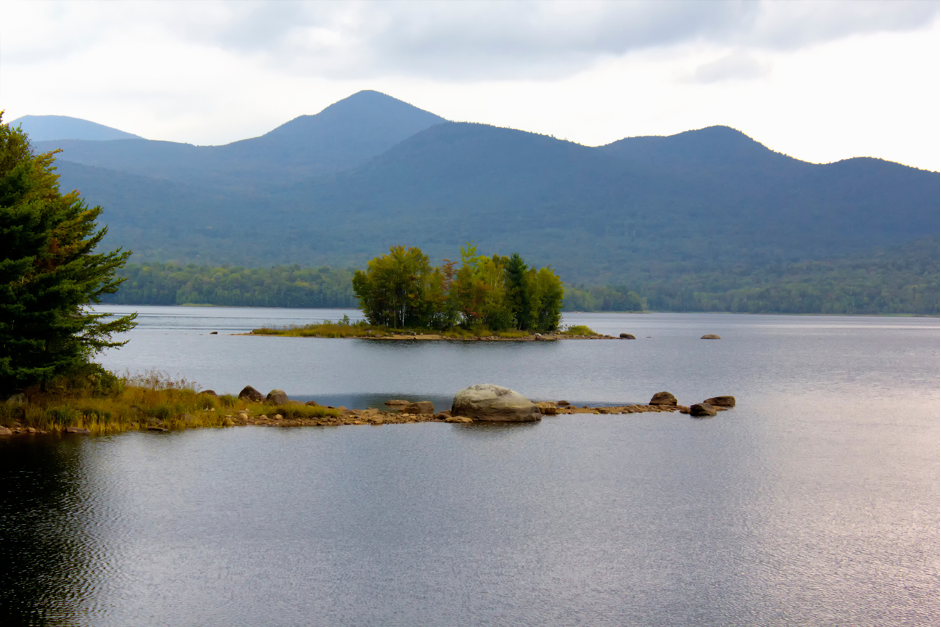The U.S. Forest Service is seeking public comment through Monday, April 8, 2024 on proposed management alternatives for the Telephone Gap Integrated Resource Project (IRP), which outlines a wide variety of proposed forest and natural resources management activities in the Green Mountain National Forest, Rochester, and Middlebury Ranger Districts in Vermont.
Background Information
The timing of the Telephone Gap IRP aligns with a nationally significant moment for policy development aimed at protecting our nation’s forests for all of the benefits they provide to our climate, ecosystems, communities and economy. In 2022, President Biden issued an Executive Order: Strengthening the Nation’s Forests, Communities, and Local Economies, in which his administration committed to strengthening our nation’s forests – particularly old-growth and mature forests – through climate-smart forestry and protections for ecosystem services, among many other things. Then in Spring 2023, in response to this Executive Order, the Forest Service issued a first-ever inventory of federally managed old-growth and mature forests in the United States.
These are monumental actions that recognize the vitally important role of forest health and responsible management in mitigating and becoming more resilient to climate change, supporting ecosystem health, and ensuring our communities can thrive for generations to come. The Telephone Gap IRP could put Vermont’s Green Mountain National Forest on the path to being one of the very first examples in the country since the Executive order was issued to incorporate old-growth protections and climate-smart forestry principles that enhance old and late successional forest attributes into a federal forest management project.
VNRC and our partners at Audubon Vermont submitted comments in Spring 2023 encouraging the Forest Service to develop one or more alternatives to their initial IRP that better promote ecological forestry and diverse management goals while protecting and expanding late-successional/old-growth forest characteristics. We believe that these alternatives – which were just evaluated in an Environmental Assessment by the Forest Service – are needed in order for everyone to better understand the pros and cons of differing management approaches, and make informed public comments on the project.
Happening Now
The Forest Service provided four alternatives to their initially proposed IRP, and are asking for final public comment on these proposed alternatives by Monday, April 8th. VNRC and partners have spent significant time, resources and dedicated expertise to research and evaluate these proposed alternatives, their impact on forest health, carbon sequestration and storage, watershed health, wildlife habitat, ecosystem services, and economic and recreational opportunities. As part of our work we engaged Dr. Bill Keeton, an expert on forest carbon management, ecologically-based silvicultural systems, old-growth forests, and sustainable forest management policy to help us provide recommendations to the Forest Service.
While we are still reviewing the EA carefully to develop specific comments, we believe Alternative C listed below most closely tracks the recommendations that we submitted to the Forest Service to promote ecological forestry and diverse management goals while protecting and expanding late-successional/old-growth forest characteristics. Alternative D was developed as a modified version of Alternative C to focus on reducing greenhouse gas emissions from the project. In comparison to the Forest Service’s proposed Alternative B, we believe these offer the best opportunity to ensure that the IRP protects the Green Mountain National Forest’s old-growth forests, while promoting diverse forest age-class and timber and wildlife management options, while adopting a groundbreaking approach to both protect and actively restore a greater extent of old-growth forest characteristics.
- Alternative C: to address public comment concerns with harvesting mature and old-growth forests, including impacts to their carbon storage capacity. Specifically, reducing harvesting in mature stands, removing 661 acres from harvest that were identified with “late-successional” characteristics (i.e. over 100 years old), and proposing 3,147 acres of late successional enhancement forestry treatments that align with the principles of managing forests for increased ecological function.
- Alternative D: to address the same issues on Alternative C, but with additional measures to reduce fossil fuel carbon emissions from timber harvest activities. Specifically, proposing to reduce the extent of harvesting and the amount of skid roads and road construction to lower the fossil-fuel impacts of the project. The reduction in harvesting means some forest health issues would not be addressed in certain stands.
Information for Public Comment
This is where you come in! This public comment period, which closes on Monday, April 8th at 11:59pm, is the FINAL opportunity to weigh in on the Forest Service’s Telephone Gap IRP’s proposed management alternatives.
The Forest Service encourages you to submit comments that are unique to your own interests, but here are our top recommendations to highlight in your comment letter:
- Thank the U.S. Forest Service for developing Alternatives C and D to their initial IRP that incorporate diverse age class representation, climate-smart forestry, and the enhancement of late successional/old-growth forest attributes.
- Encourage the U.S. Forest Service to select Alternative C or Alternative D to ensure that the Telephone IRP meets forest plan goals while showcasing how to protect and recruit late-successional and old-growth forests for carbon storage, late seral wildlife habitat conditions, and structurally complex forest conditions.
- Please recommend that the Forest Service not harvest in stands that are over 150 years old.
Thank you for taking action to ensure that Vermont is a nationwide leader in meeting the Biden Administration targets for old-growth forest protection and advancing needed climate-smart forestry practices.
You can reach out to Jamey Fidel, VNRC’s Forest & Wildlife Program Director, with any questions at jfidel@vnrc.org.




